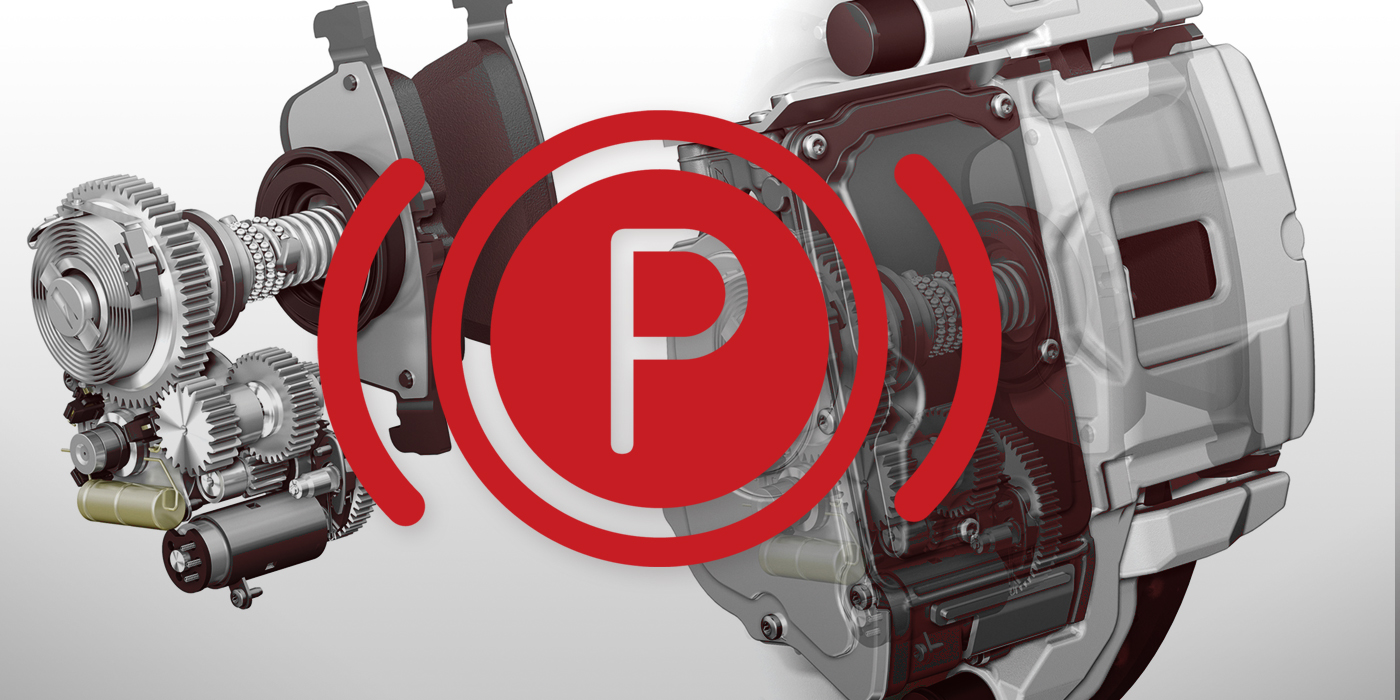The 2000-2007 Ford Focus is based on the Ford global C1 platform, shared with the European Ford Focus and Volvo S40. Nothing is really groundbreaking about the brake system. However, not paying attention to the details can end in a post brake job comeback.
Front Brakes
Pads should be replaced when there is 3mm or less of friction material. The rotors have enough material on them to last at least one turning on the lathe. The runout specification for these vehicles is .002” and disc thickness variation should be far below .0008”.
The calipers mount to the brackets using caliper guide pins with Allen heads. The sleeves and boots should be disassembled, cleaned and lubricated every time the brakes are replaced. The torque for the guide pins is 21 ft/lbs and the caliper bracket bolts should be tightened to 75 ft/lbs.
Rear Brakes
The majority of Ford Focuses come with rear drum brakes. The only way to remove the drum without disturbing the wheel bearings is to remove the four mounting bolts on the bolts back of the trailing arm. The axle nut can be removed to pull the drum, but you will be disturbing the preload on the bearing. Also, the wheel hub retaining nut can be re-used only four times and requires a torque setting of 174 ft/lbs.
The linings use an adjuster at the top of the drum under the wheel cylinder. Make sure the adjuster is clean, lubricated and the end that contacts the shoe is not worn.
On models with rear-disc brakes, Ford uses a hand-brake that is incorporated into the rear caliper. To service the caliper, remove parking brake cable and remove the lower bolt to swing the caliper upwards. The rear-disc brake cars require the familiar method of turning the piston while applying pressure.
The calipers mount to the brackets using caliper guide pins with Allen heads. The sleeves and boots should be disassembled, cleaned and lubricated every time the brakes are replaced. The torque for the guide pins is 21 ft/lbs and the caliper bracket bolts should be tightened to 55 ft/lbs.
Most models were fitted with a PCRV valve fitted between the master cylinder and the rear brake lines to the rear wheels. The valves control the hydraulic pressure applied to the rear brakes, thereby reducing the risk of rear wheel lockup under braking.
Some models that were fitted with a rear brakes are fitted with a load sensing proportioning valve to control the rear brakes. It is mounted to the rear subframe and sway bar. The brake load sensor proportioning valve adjustment must be carried out with the vehicle in the correct ride height condition. The vehicle should be in an unladen condition and when the vehicle weight is on the road wheels. Also, the fuel tank should be full. If not, for every quarter the tank is missing, add 22 lbs. over the rear wheels.
Loosen the brake load sensor proportioning valve lever retaining nut and valve spring setting bar screw. Position the brake load sensor proportioning valve lever on the stabilizer bar so that the valve spring setting bar is central in relation to the setting bar screw.
Measure the dimension between the lower end brake load sensor proportioning valve spring hook and the groove on the valve spring setting bar; it should be 57mm. Set the brake load sensor proportioning valve spring setting bar to the correct position. While tightening the brake load sensor proportioning valve spring setting bar screw, make sure that the setting bar does not move. Tighten the brake load sensor proportioning valve spring setting bar screw.















